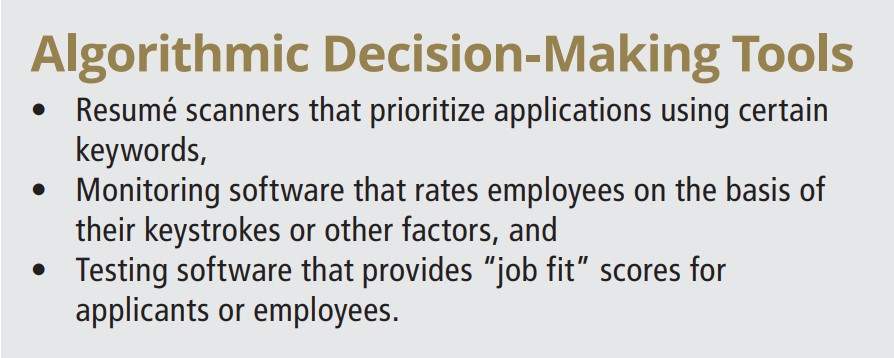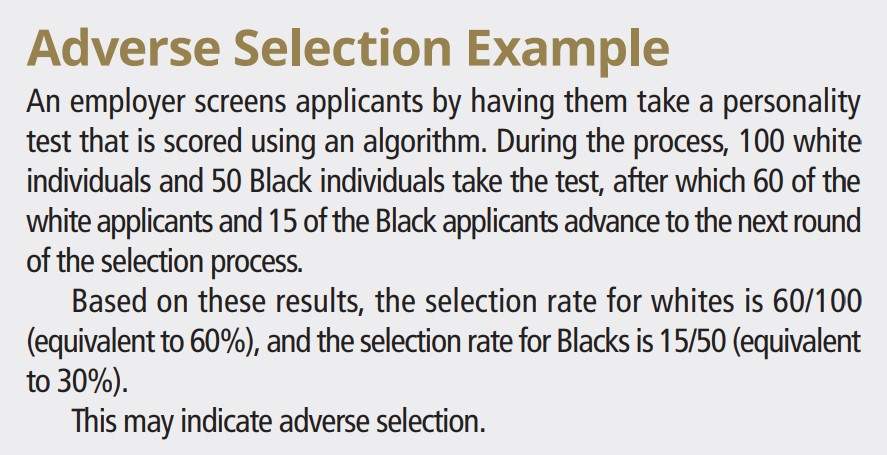July 2023 – EEOC Guidance – New Rules for Using AI in Employment Decisions

The Equal Employment Opportunity Commission has issued new guidance on how employers can properly use software, algorithms and artificial intelligence-driven decision-making tools when screening job applicants and selecting candidates.
The EEOC has grown concerned about possible adverse impacts of these technologies that can help employers with a wide range of employment matters, like hiring decisions, recruitment, retention, monitoring performance, and determining pay, promotions, demotions, dismissals and referrals.
The guidance follows the EEOC’s recent announcement that it would pursue enforcement of violations of Title VII of the Civil Rights Act of 1964 and other statutes under its jurisdiction arising from use of AI in employment decisions.

The new guidance includes a series of questions and answers to help employers prevent the use of AI and other technologies from leading to discrimination on the basis of on race, color, religion, sex or national origin, in violation of Title VII.
Main points of the guidance:
Responsibility: Employers are ultimately responsible for discriminatory decisions rendered by algorithmic decisionmaking tools, even if they are administered by another entity,
such as a software vendor.
Assessment: Employers should assess whether their use of technology has an adverse impact on a particular protected group by checking whether use of the procedure causes a selection rate for individuals in the group that is “substantially” less than the selection rate for individuals in another group.

The selection rate for a group of applicants or candidates is calculated by dividing the number of persons hired, promoted or otherwise selected from the group by the total number of candidates in that group.
If an employer is in the process of implementing a selection tool and discovers that using it would have an adverse impact on individuals of a protected class, it can take steps to reduce
the impact or select a different tool, per the guidance.
If an employer fails to adopt a less discriminatory algorithm than that which was considered during the implementation process, it could result in liability, according to the EEOC.
The takeaway
Employers using algorithmic decision-making tools for employment decisions need to take the same care as they do when making employment moves without assistance from technology.
Firms should not implement these technologies without considering possible adverse decision-making that could lead to violations of the law and prompt litigation and regulatory
action by the EEOC.
Experts advise that you move forward carefully and work with the vendor to ensure the technology doesn’t get your organization in trouble.

